2017 Honda Civic Hatchback Review: First Drive

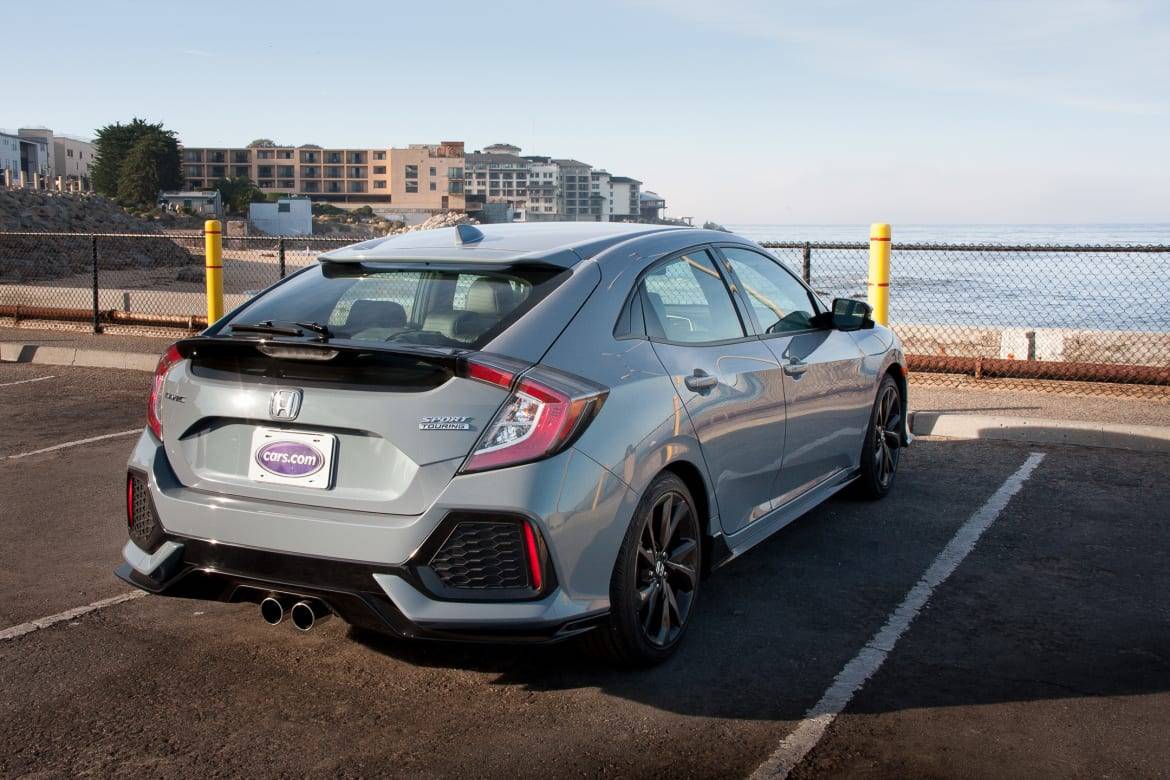
CARS.COM — Good things come in threes, and for Honda’s 2017 Civic, that’s certainly the case. The Japanese automaker’s Civic hatchback is joining the Civic sedan and coupe body styles, and in almost every category, the Civic hatch improves on an already-good car.
Related: Production-Ready 2017 Honda Civic Hatchback Revealed
Though the hatchback may look similar to the sedan at first glance, there are major differences between the two and Honda has introduced two new trim levels for the hatchback: Sport and Sport Touring. This gives the hatchback five trim options in all (listed from cheapest to most expensive): LX, Sport, EX, EX-L Navi and Sport Touring.
I was able to test both Sport and Sport Touring models in Northern California to see if the hatchback was worth the wait.
Exterior
The biggest exterior change is, of course, the rear hatch; it provides easier access to the cargo area, which has grown (more on that later). But that’s not the only styling change to the back: A shorter rear overhang means the hatchback is 4.4 inches shorter than the sedan, making the rear wheels appear closer to the car’s end.
The Civic hatchback features large black plastic inserts along its front and rear ends that I like, but it can be a bit much, especially with their prominent honeycomb pattern. And in a change for the better, the chrome strip found in the coupe’s and sedan’s grille is gone, replaced by a black one that I much prefer.
The Sport and Sport Touring trims have unique styling changes, including a high-flow center-mounted dual exhaust, that dramatically set them apart from non-Sport models. There’s also a new paint color, Sonic Gray Pearl (seen in some photos). It looks like more of a matte gray than a glossy paint job, and it’s a look that I can get behind.
How It Drives
The Civic hatchback ditches the base engine found in the coupe and sedan and only offers the excellent turbocharged 1.5-liter four-cylinder. Across the LX, EX and EX-L Navi trims, the engine makes 174 horsepower and 162 pounds-feet of torque with the continuously variable automatic transmission or 167 pounds-feet with the six-speed manual. Among those trims, only the LX is offered with the manual.
For Sport and Sport Touring, the engine has been modified to make 180 hp, and models with the six-speed manual get a torque bump of nearly 10 percent over the LX, EX and EX-L trims to 177 pounds-feet. The Sport trim is available with the CVT or the manual transmission; the Sport Touring gets the CVT.
How do the changes affect the driving experience? Even with the added torque, not a whole lot. Underneath the skin, this is still a 10th-generation Civic; it’s no surprise that the hatchback drives similarly to the coupe and sedan, which is a good thing. The steering and road feel are still excellent and the engine is peppy, but you won’t really notice the extra power with either transmission.
Fuel Economy
The Civic hatchback LX and Sport trims with a six-speed manual get an EPA-estimated 30/39/33 mpg city/highway/combined. The LX, EX and EX-L Navi trims with a CVT get 31/40/34. Sport and Sport Touring models with the CVT get worst fuel economy of the lineup with 30/36/32 mpg. A Civic sedan with the same turbo four-cylinder engine and a six-speed manual gets 31/42/35 mpg; the sedan with a CVT gets 32/42/36 mpg, which is 4 mpg lower in the combined rating than the Sport and Sport Touring trims.
Honda recommends premium fuel for the Sport and Sport Touring. If we compare the LX with a manual transmission versus the Sport with a manual (which have the same fuel economy rating), the EPA estimates that the difference in fuel cost each year to be $250.
Cargo Room
The interior is unchanged from the sedan and coupe, but cargo room has taken a big leap forward. The sedan has 15.1 cubic feet of cargo capacity, but the hatchback blows that away with 25.7 cubic feet of cargo volume. That number dips slightly for Sport and Sport Touring models, which get 22.6 cubic feet. With the rear seats folded, the total cargo area increases to 46.2 cubic feet across all models.
The gains in cargo capacity are significant, but what I appreciated most is the hatchback’s larger opening to the cargo area that can easily swallow items of any size. With some sedans, the trunk opening can be small, requiring lots of maneuvering to get longer items into the trunk.
Honda has a two-piece cargo cover in the Civic hatchback instead of a traditional one-piece cover. One section of the cargo cover is connected to the hatch and the other, a small fabric piece, is pulled from left to right to cover the area directly behind the rear seats. With this set up, if the rear seats are folded down, there’s no cargo-cover bar blocking some of the storage space, Honda says. Moving the cover off to the side keeps that area open for big items.
Value and Conclusion
The Civic hatchback starts at $20,535, including a destination fee; that’s $960 more than the starting price for a Civic sedan. The Civic hatchback Sport starts at $22,135 and adding the CVT bumps that price up by $800 to $22,935. The Sport Touring is $29,135 and comes fully loaded.
The Civic hatchback is worth the price markup and increase in fuel costs versus the Civic sedan because of its added cargo room and flexibility gains. It makes the Civic hatchback much more viable for carrying big items. I think it looks better, too.
There are some caveats, however, when it comes to the Sport and Sport Touring trims. The Sport trim is based on the LX, so you can’t get it with some key technology features such as the 7-inch display audio screen, Android Auto or Apple CarPlay, or the Honda Sensing Package of advanced safety technologies. Honda Sensing includes adaptive cruise control, lane keep assist and most importantly, forward collision warning with automatic braking. If you want those technologies, you have to move up to the Sport Touring, which means a big jump in price and eliminating the possibility of having a manual transmission.
I much prefer the Sport trim’s styling, especially that center-mounted exhaust, but I wish Honda had based it on the EX instead of the LX to allow for more flexibility when adding options.
The 2017 Civic hatchback is much more of the same, but more of a good thing — and this current generation of the Civic is very good — is still a welcome addition.
The Civic hatchback is currently on sale.
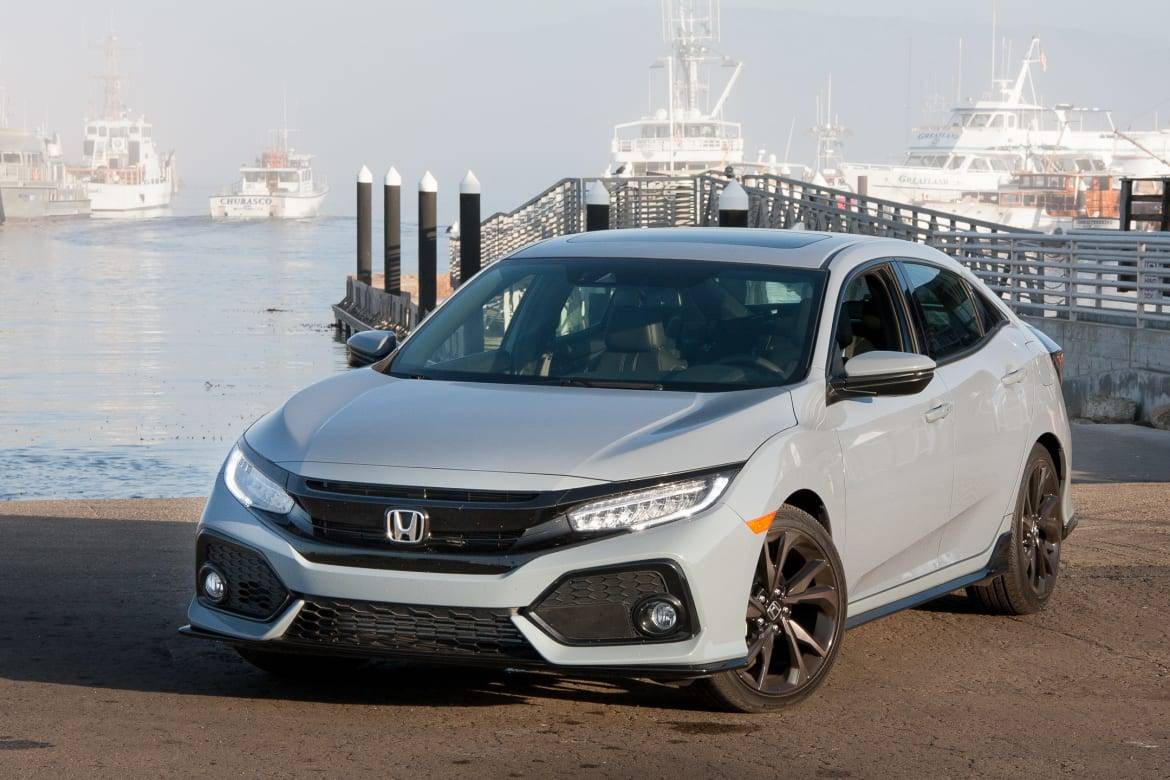
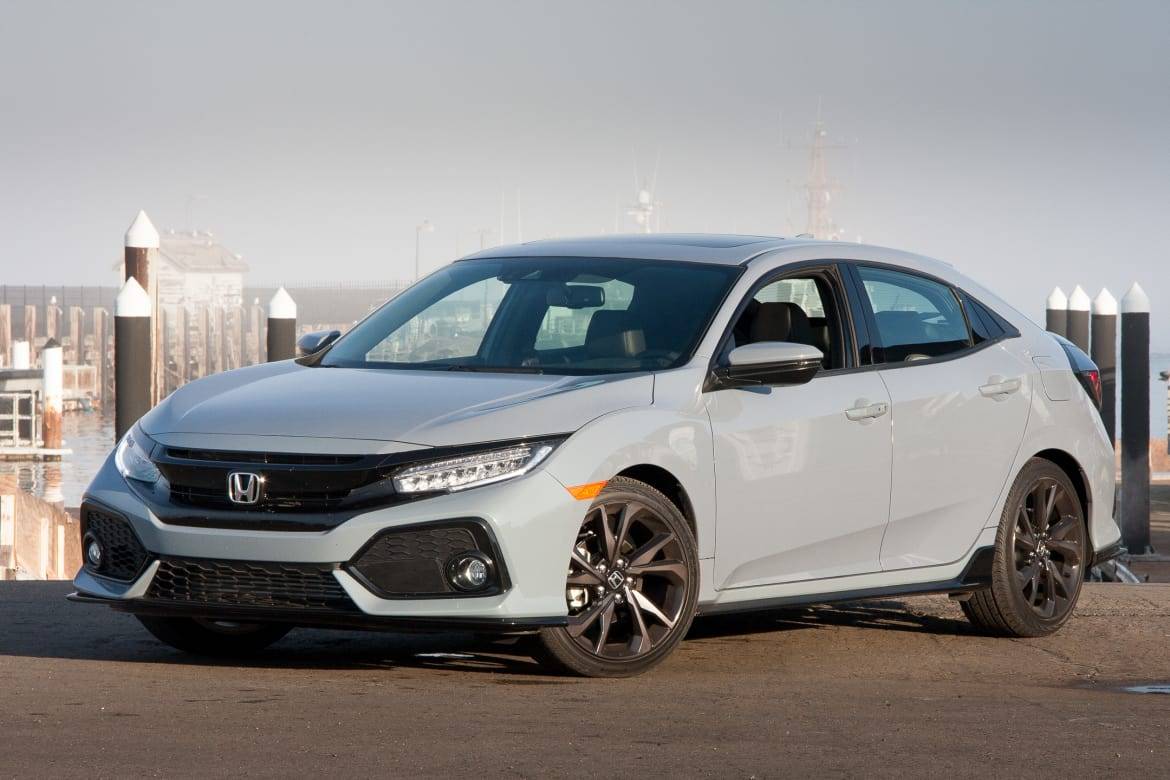
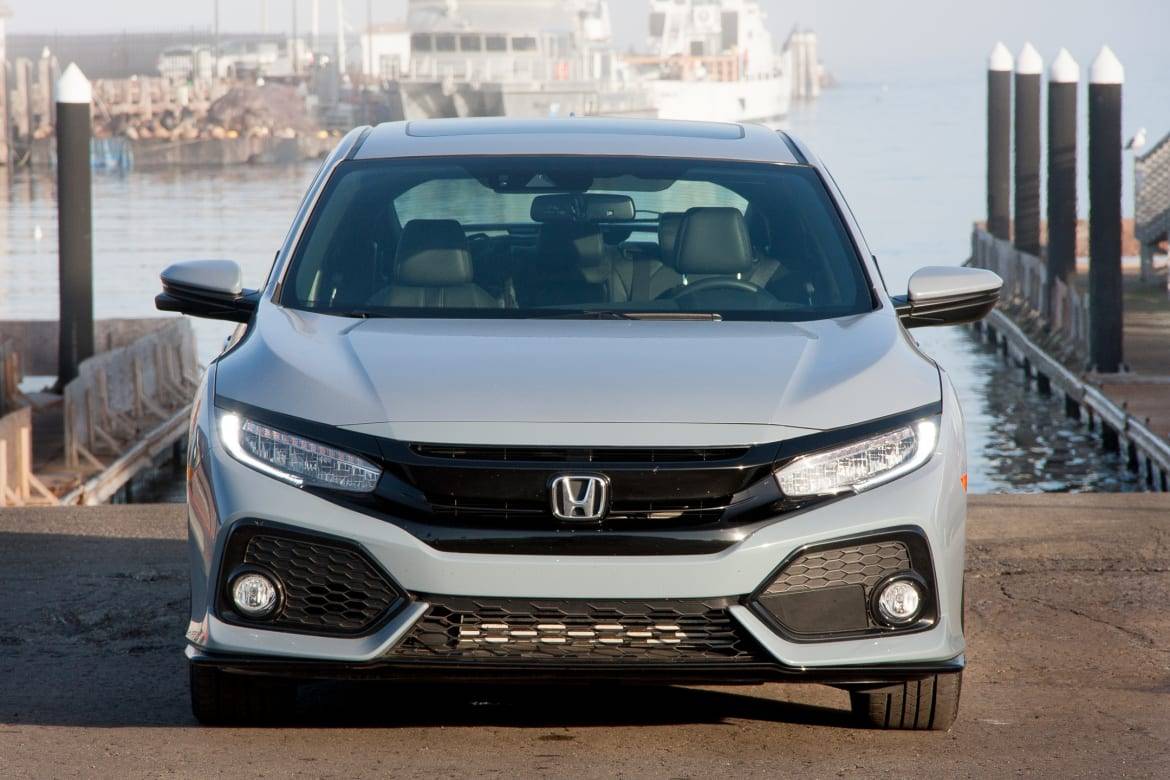
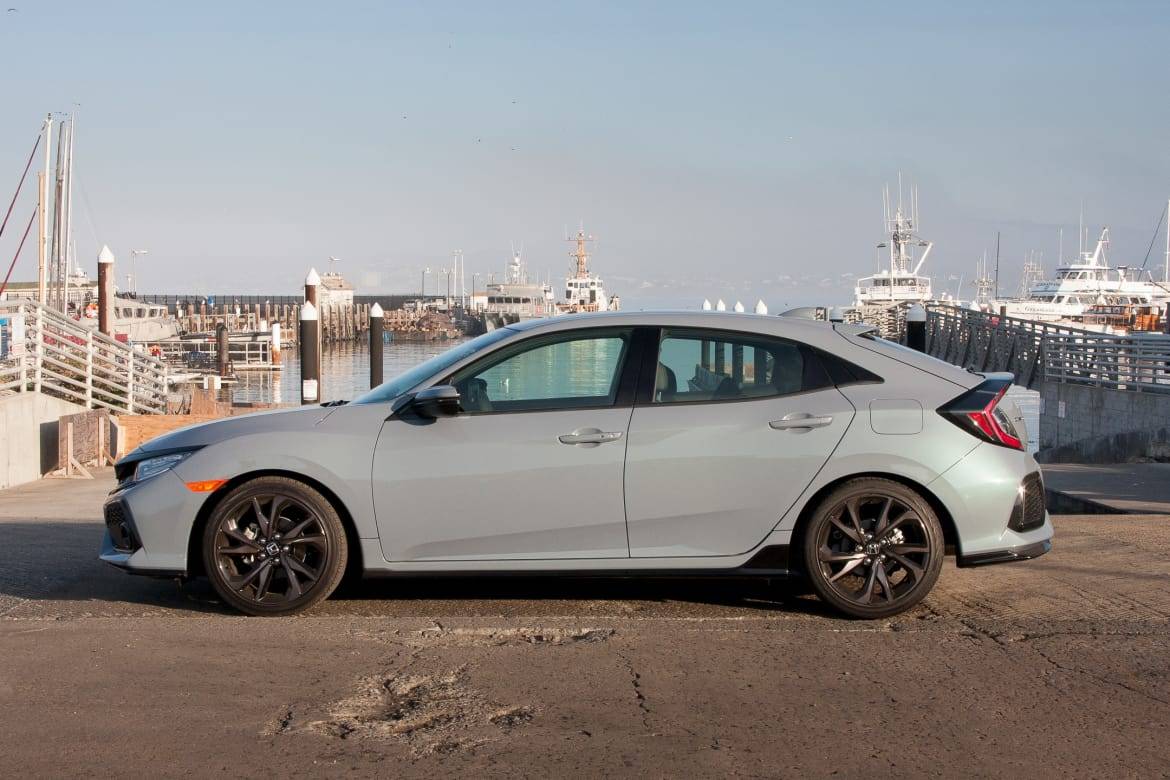

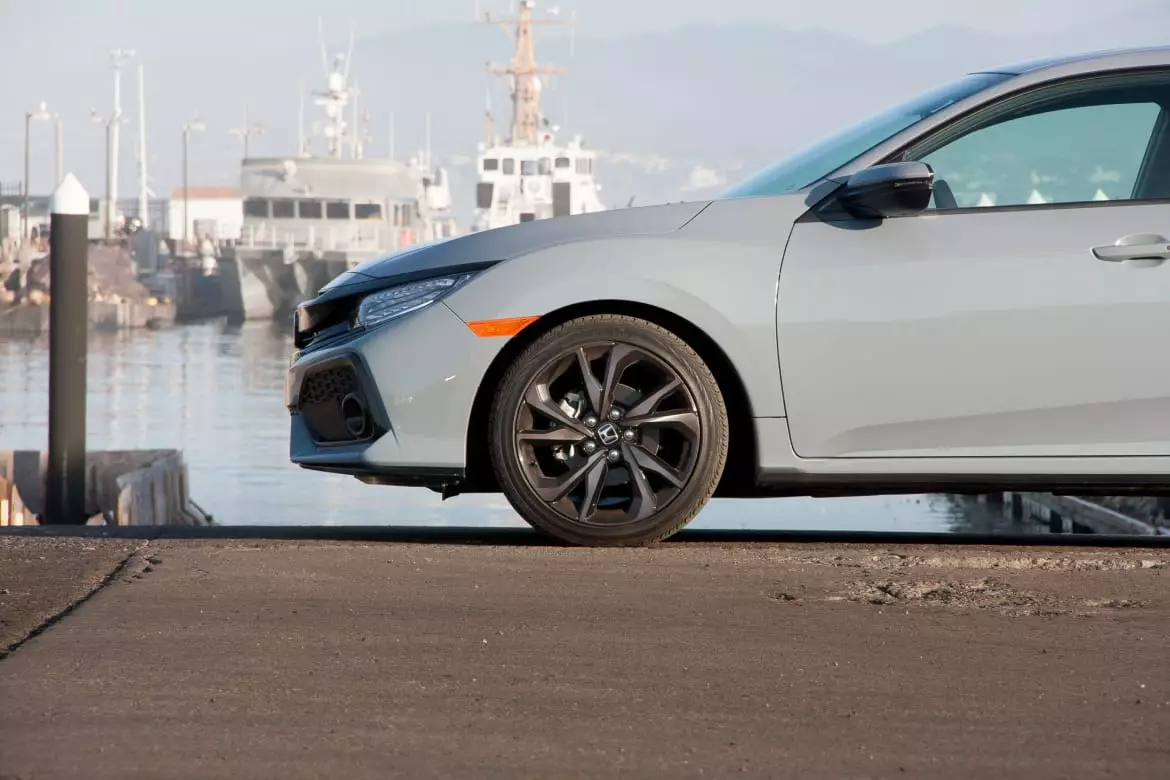

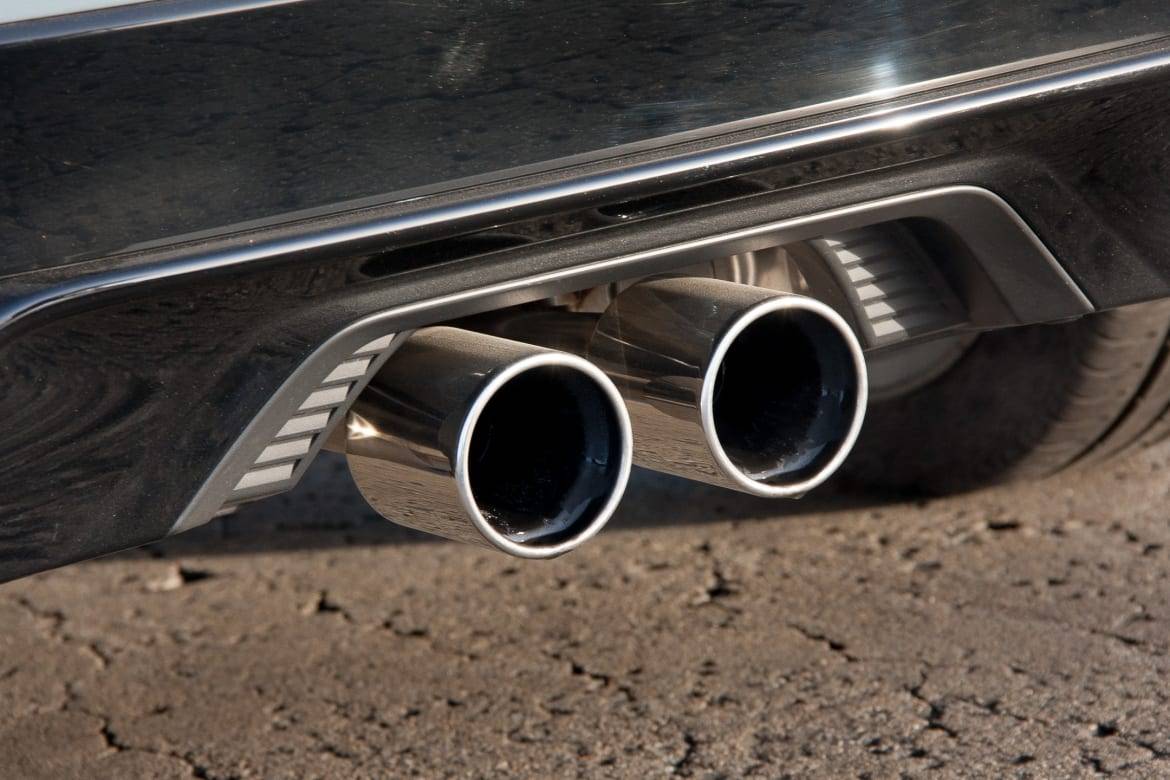
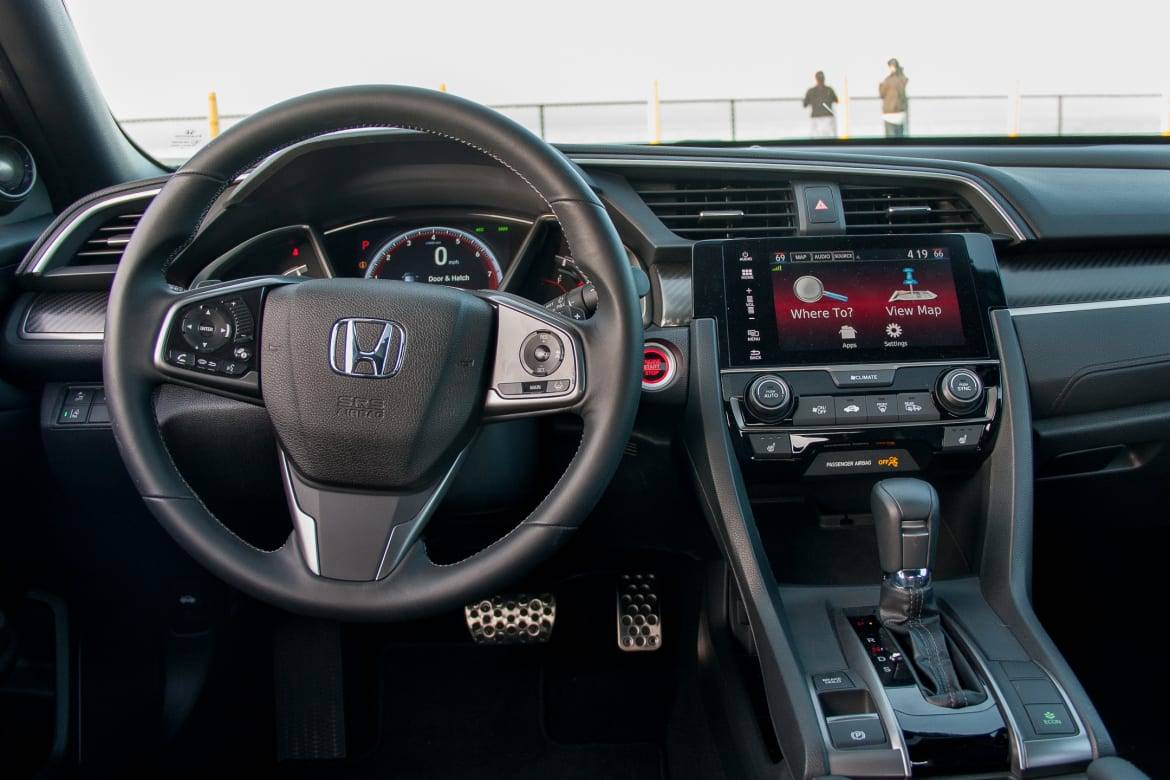
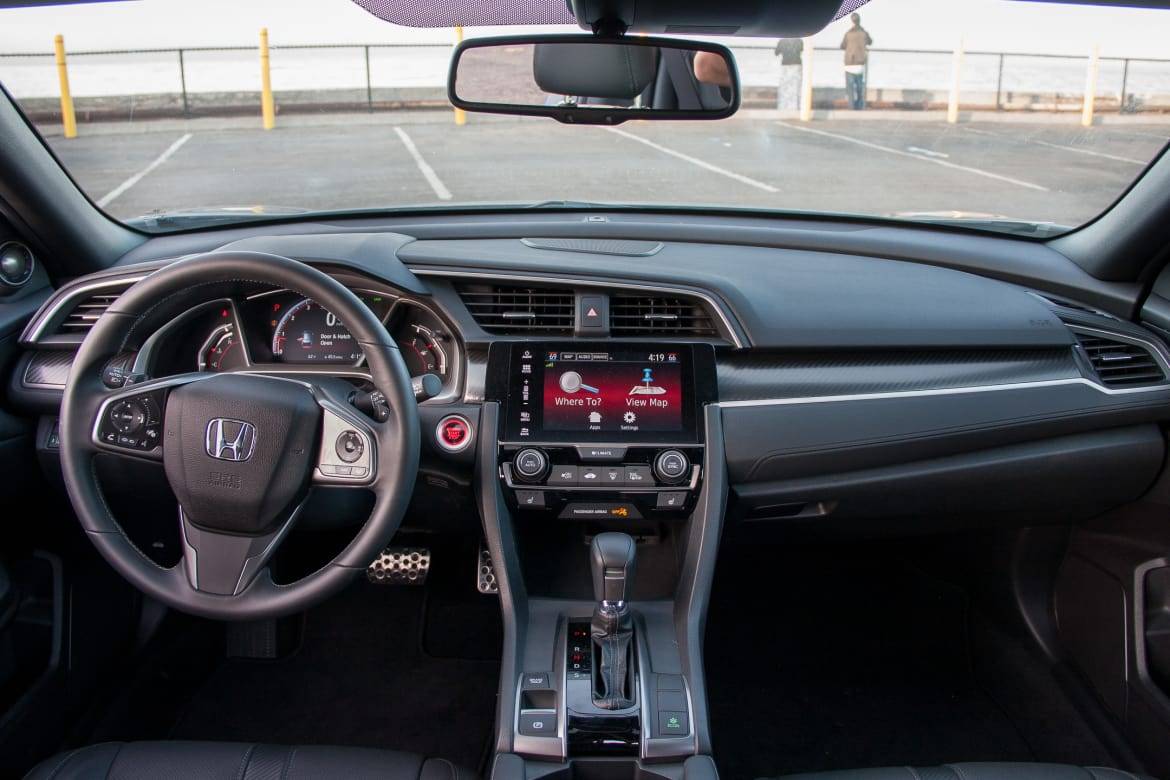

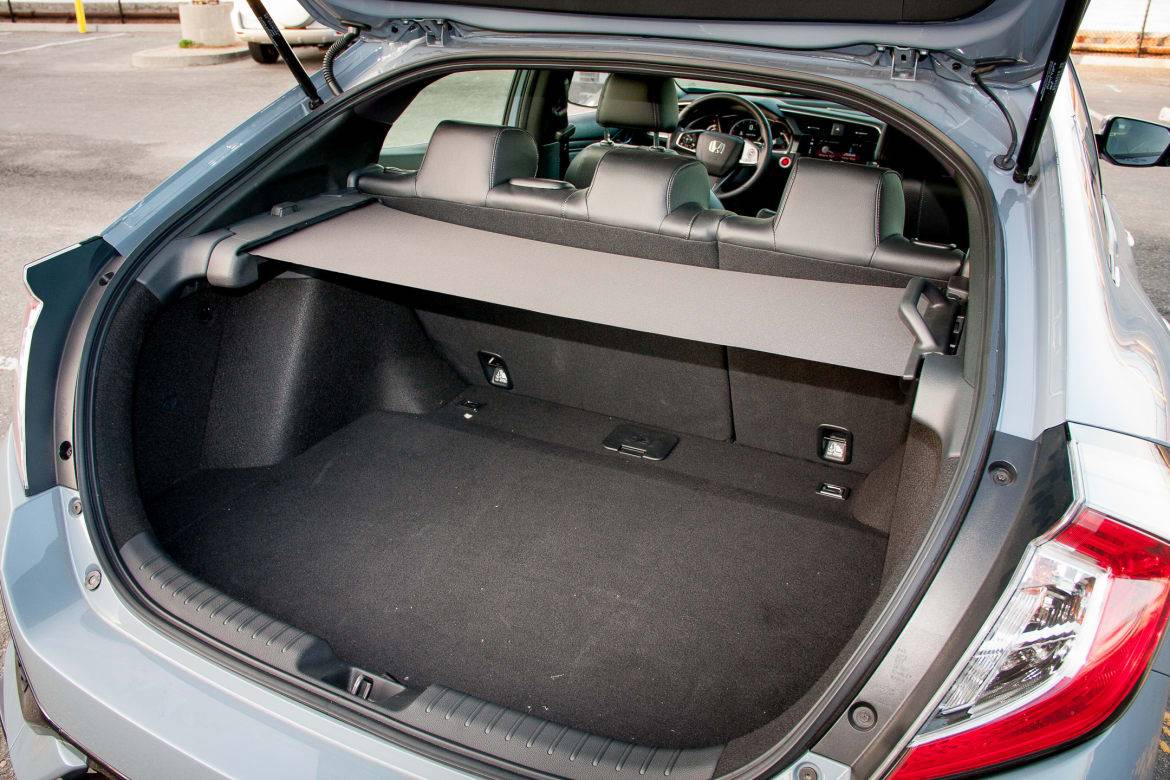
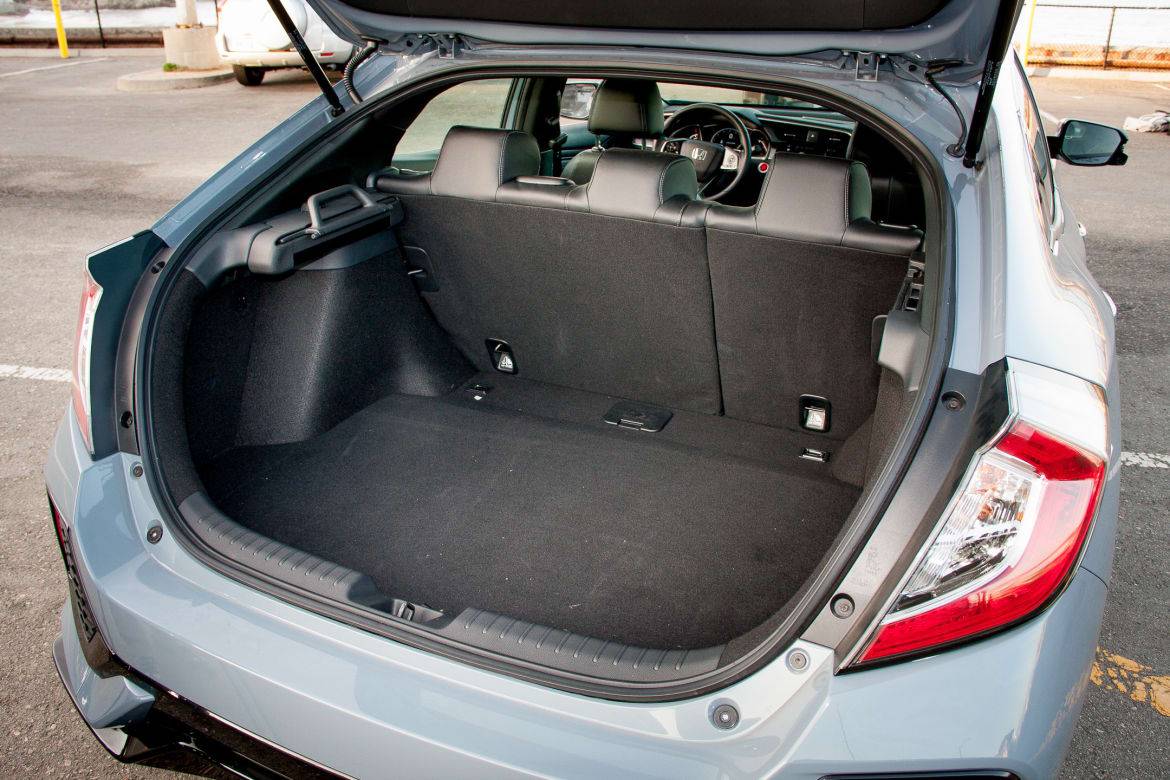
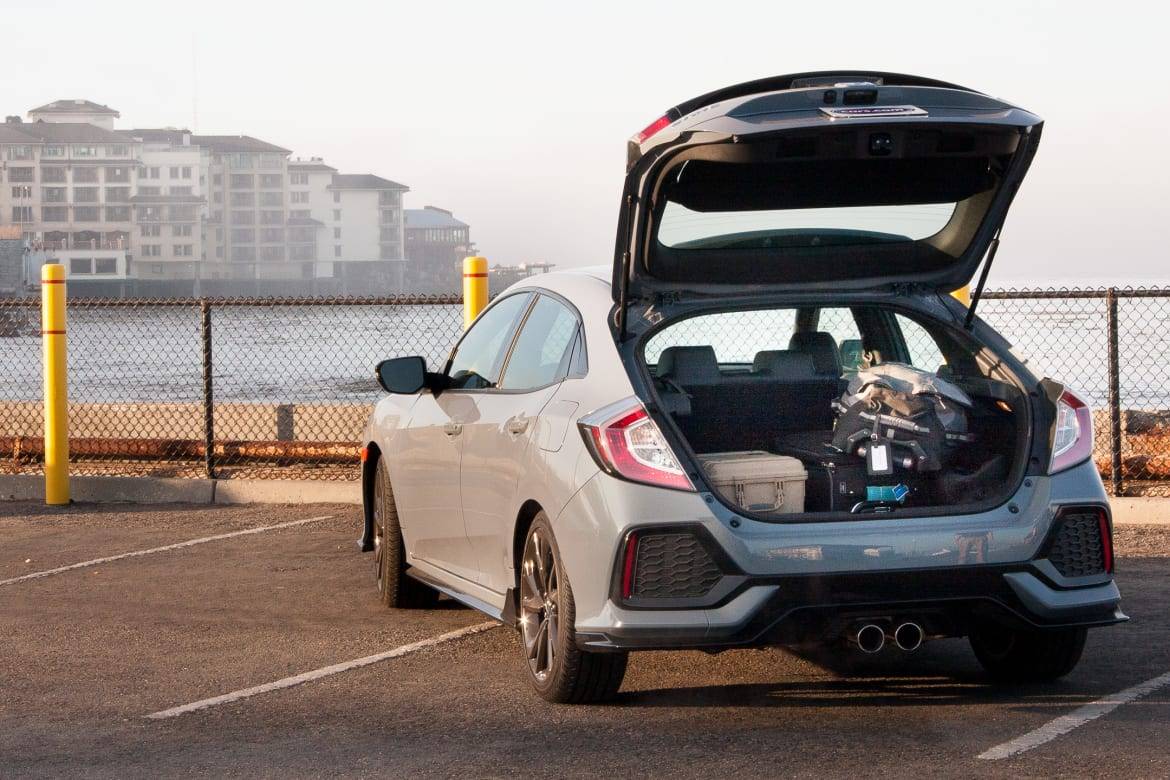
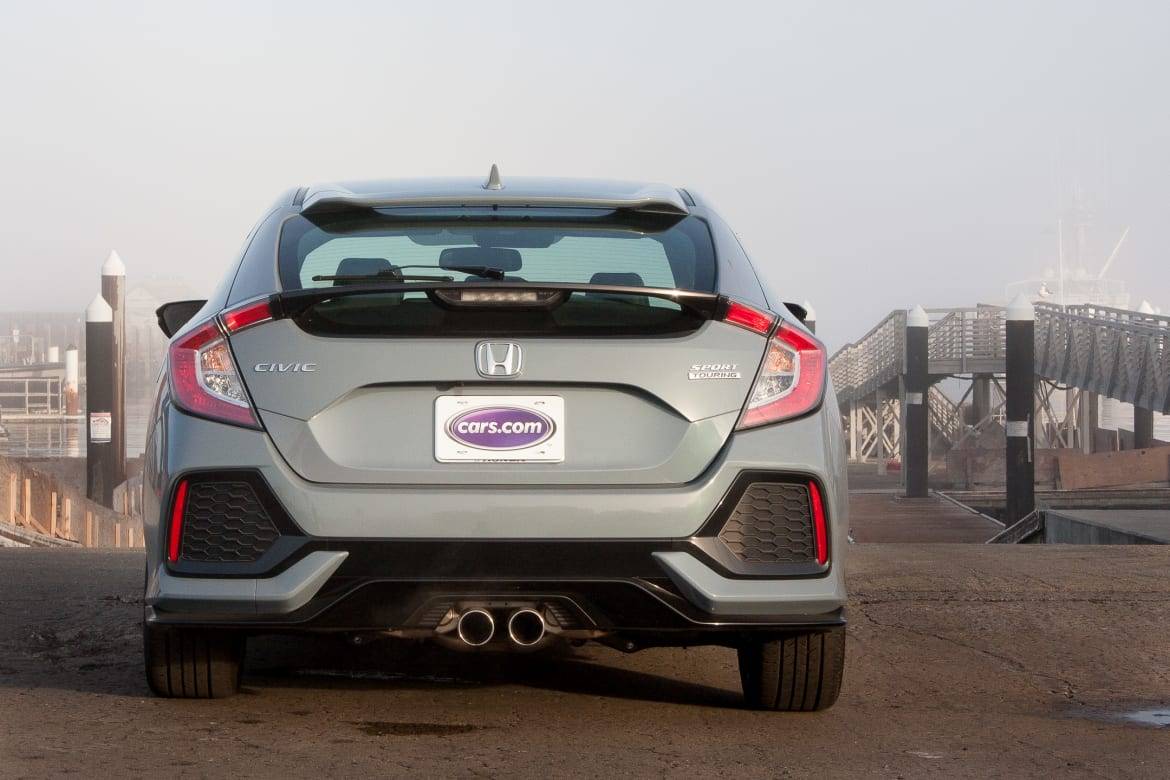
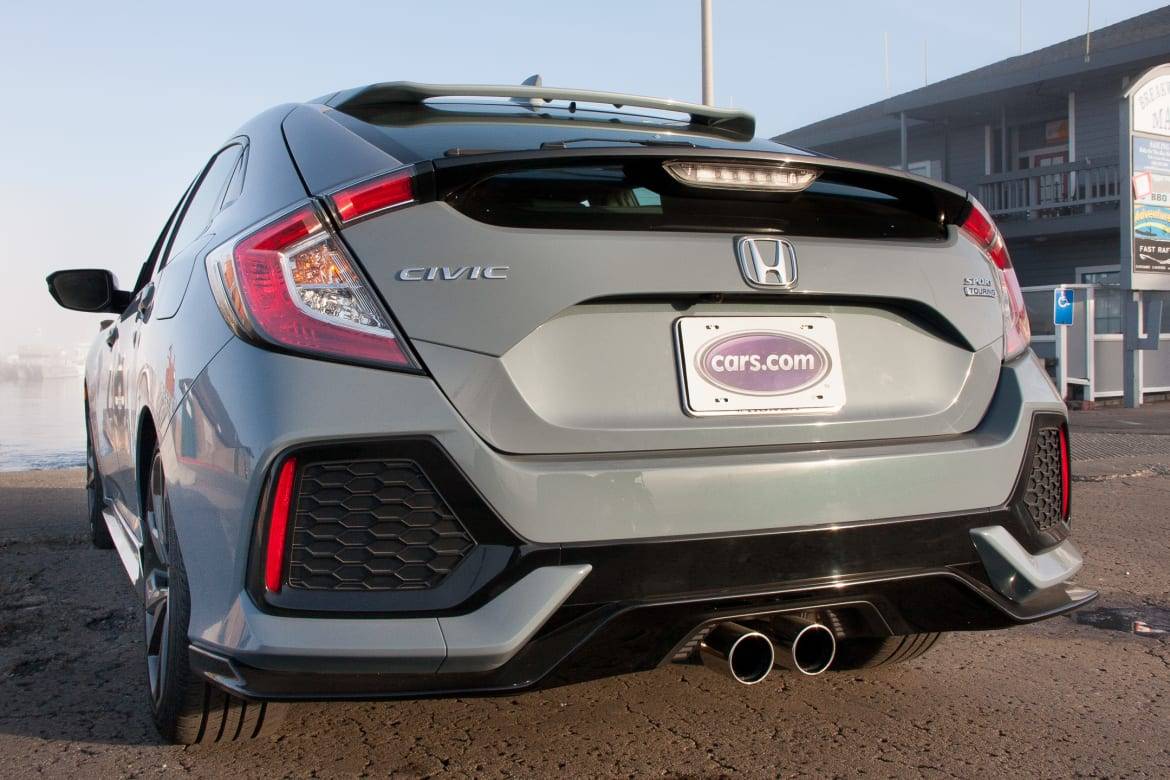
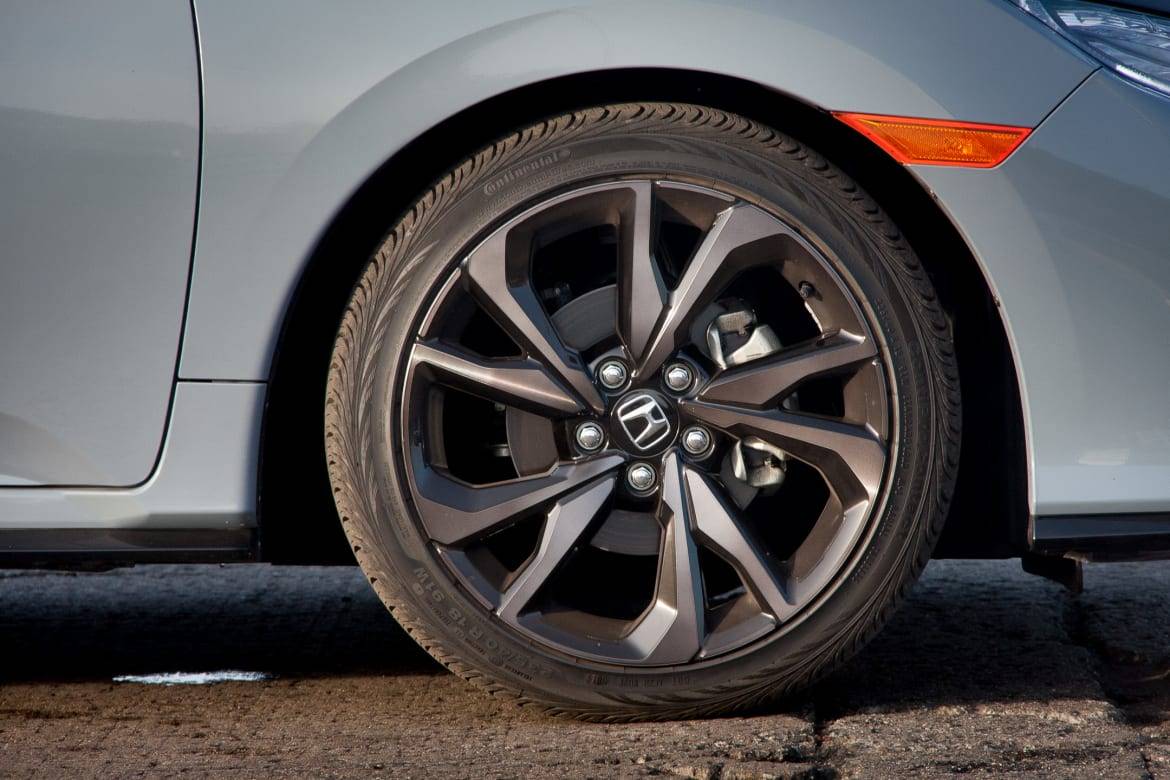
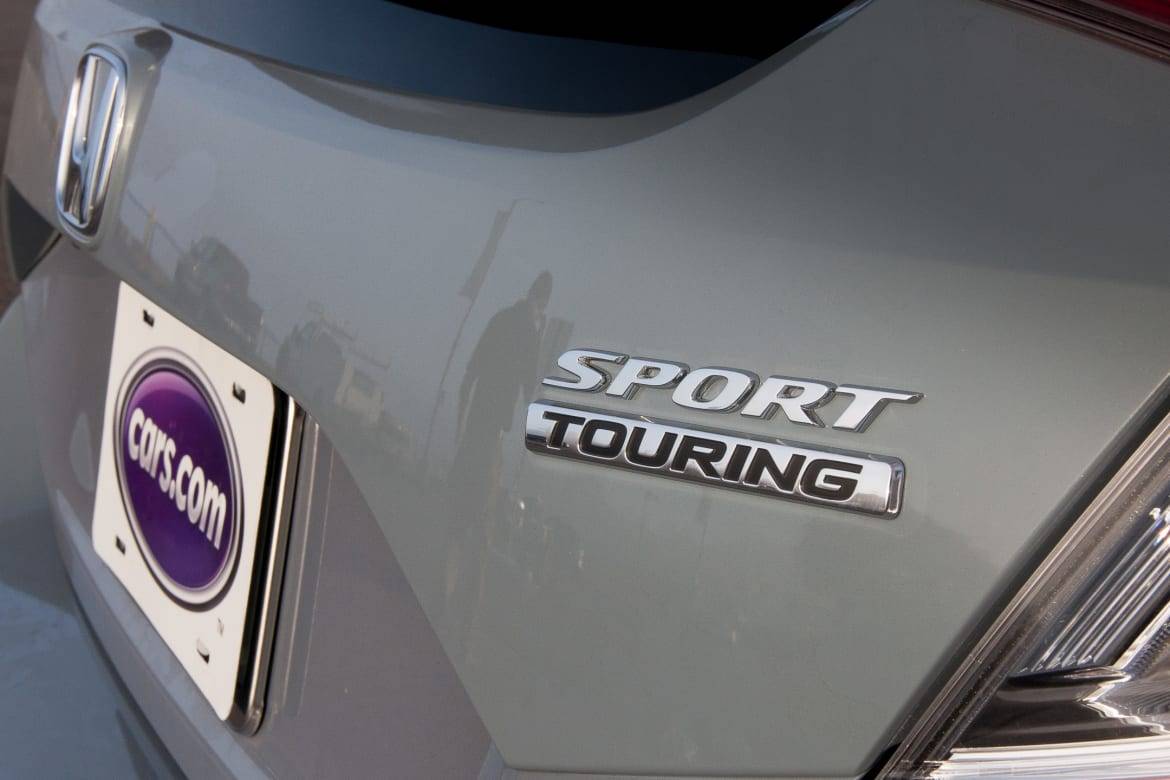



















Former L.A. Bureau Chief Brian Wong is a California native with a soft spot for convertibles and free parking.
Featured stories

15-Year Car Loans Aren’t a Thing, But Americans Are Getting More Comfortable With Long Loan Terms

2025 Kia Telluride Review: Rougher Roads Ahead





















